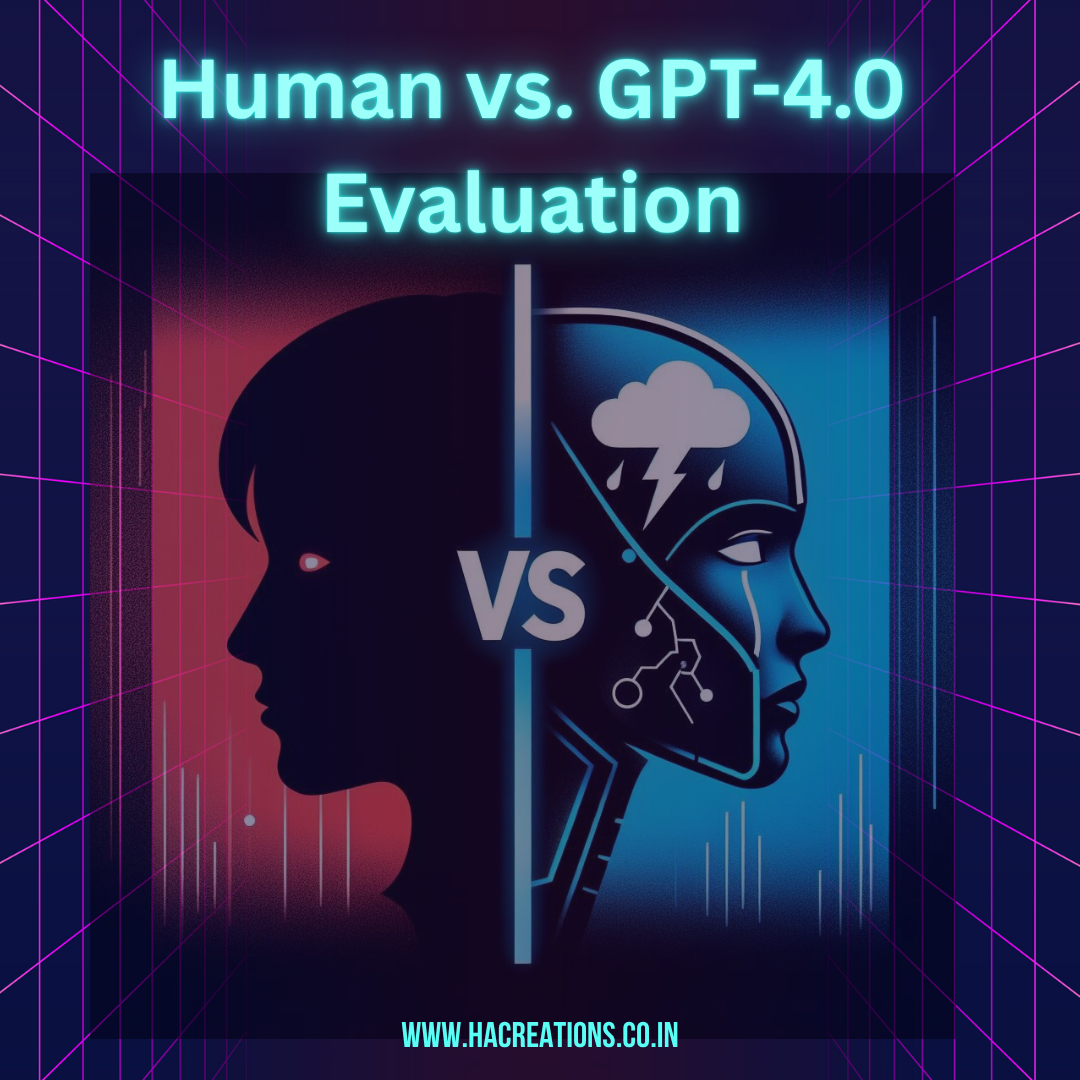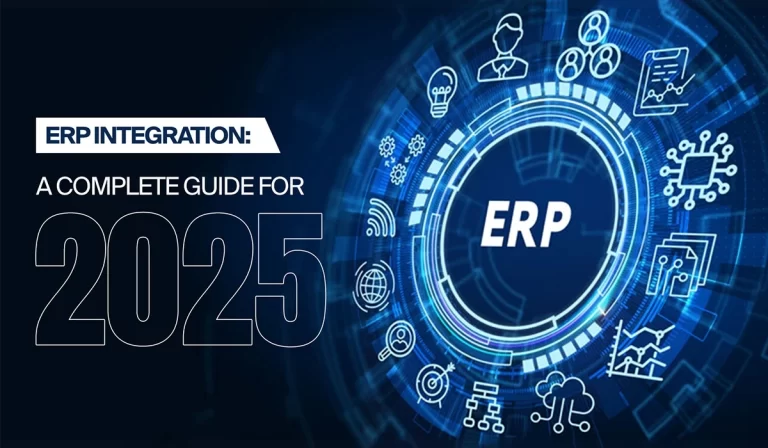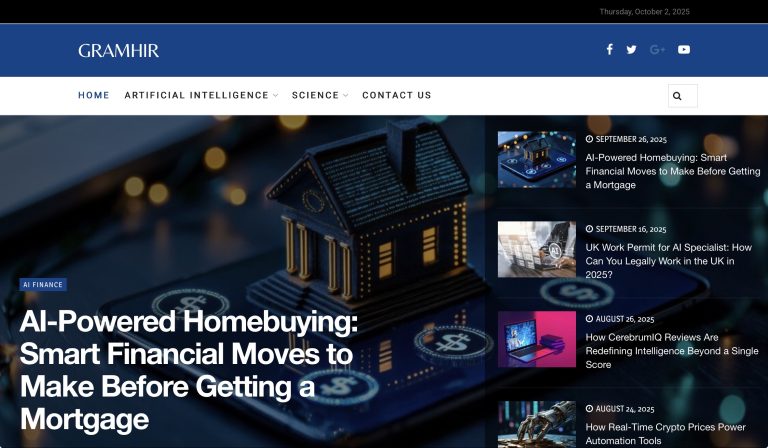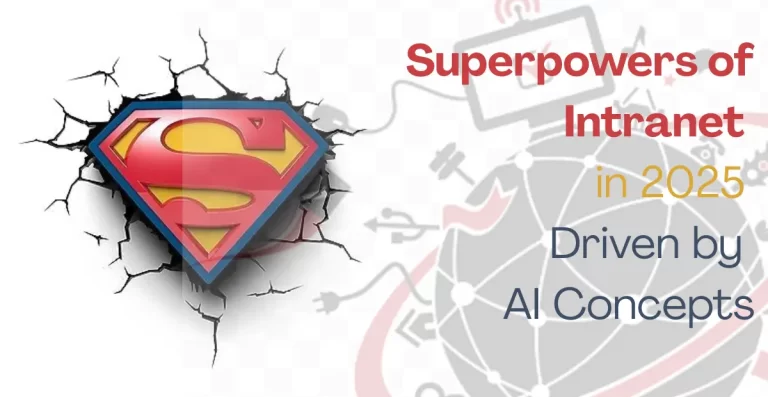💡 Introduction
Artificial Intelligence (AI) isn’t just a buzzword anymore — it’s a reality that’s slowly blending into our daily lives. Among all the innovations in this space, GPT-4.0 stands out as one of the most advanced language models developed to date. But how does it truly compare with the human brain? Are we witnessing a tipping point in the age-old debate of man vs. machine?
Let’s dive deep and unravel the layers behind this revolutionary development.

🤖 Understanding GPT-4.0
GPT-4.0, developed by OpenAI, is a multimodal language model capable of understanding and generating human-like text, interpreting images, and even writing code. Unlike its predecessors, GPT-4.0 has a wider context window, stronger reasoning skills, and more accurate outputs.
Key Features of GPT-4.0
- Processes text and image inputs
- Over 1 trillion parameters (unofficially speculated)
- Improved factual accuracy
- More nuanced understanding of context
GPT-4.0 doesn’t just mimic language — it imitates reasoning.
🧬 Human Intelligence vs Artificial Intelligence
What Is Human Intelligence?
Human intelligence is emotional, contextual, and deeply experiential. It’s not just about solving problems — it’s about adapting, learning from mistakes, and empathizing with others.
AI vs Human Reasoning
- AI: Pattern recognition, data-based predictions
- Humans: Intuition, emotions, gut-feeling decisions
The gap? AI lacks emotion. It doesn’t “feel” anything. It can simulate feelings, but not experience them.
📏 Evaluation Metrics
How Do We Judge Intelligence?
Traditionally, intelligence has been measured using IQ tests, creativity tests, and academic assessments. But for AI, it’s more about:
- Accuracy
- Speed
- Contextual Understanding
- Factual Consistency
Turing Test and Beyond
Alan Turing proposed a simple test: If a human can’t tell whether they’re talking to a machine or a person, the machine is intelligent. While GPT-4.0 gets close, true consciousness remains out of reach.
🚀 GPT-4.0 in Action
Real-Life Use Cases
- Education: Tutoring, content creation
- Business: Customer support, data analysis
- Healthcare: Diagnosing symptoms, summarizing medical notes
- Coding: Auto-generating software scripts
In some cases, GPT-4.0 has outperformed junior-level professionals.
👩🎨 Where Humans Still Win
Despite GPT-4.0’s brilliance, some areas still belong to humans:
Emotional Intelligence
AI can identify emotions, but can’t truly empathize.
Creativity
Sure, GPT-4.0 can write poems or stories — but authentic human creativity stems from emotion, lived experience, and chaos.
Consciousness
Humans are self-aware. GPT-4.0 isn’t. It responds, but doesn’t reflect.
⚠️ Limitations of GPT-4.0
- No Original Thought: GPT-4.0 rearranges existing knowledge.
- Bias: Trained on internet data, it can reflect harmful stereotypes.
- Misinformation: GPT-4.0 may confidently give wrong answers.
- Lack of World Experience: It has no personal memory or physical presence.
💼 The Future of Work
GPT-4.0 is changing job landscapes. While some jobs are at risk, new opportunities are emerging.
Jobs AI Might Replace
- Data entry
- Basic content creation
- Customer support agents
Jobs That Need Humans
- Leadership roles
- Mental health counseling
- High-level strategic thinking
Adaptability is the key. Learn AI, don’t fear it.
🎓 Education in the AI Age
- AI as a tutor: Instant answers, practice questions, writing help
- Downside? Over-dependence and loss of critical thinking
The best mix? Human teachers with AI-powered tools.
🧭 Ethical Concerns
Should we allow AI to make life-altering decisions?
Key Ethical Questions
- Who’s responsible if AI makes a mistake?
- Should AI have rights?
- Can we trust machines with moral judgments?
The answer lies in transparent development and human oversight.
🤯 Philosophical Perspectives
Is intelligence simply pattern recognition? If so, GPT-4.0 is already “intelligent.” But if intelligence involves awareness, free will, and soul, then AI is still far behind.
AI may “think,” but does it know that it thinks?
📣 Public Perception of AI
Media often paints AI as either a savior or a destroyer. But in reality, it’s just a tool — the responsibility lies with the humans who wield it.
🔮 Innovations Beyond GPT-4.0
- GPT-5 is on the horizon
- Work on Artificial General Intelligence (AGI) is advancing
- Voice, vision, and sensor integration is next
We are inching toward machines that learn like humans — not just from data, but from interaction and experience.
🤝 Human-AI Synergy
Instead of fearing AI, we should learn to collaborate with it.
Real-World Synergies
- Writers using AI for drafts
- Designers using AI for ideation
- Doctors using AI for diagnosis
It’s not man or machine. It’s man and machine.

🔚 Conclusion
GPT-4.0 is not the end of human intelligence — it’s the beginning of a new chapter. It challenges us to evolve, learn faster, and think deeper.
AI may be fast and efficient, but humanity adds heart, soul, and purpose. The real power lies in their partnership.




